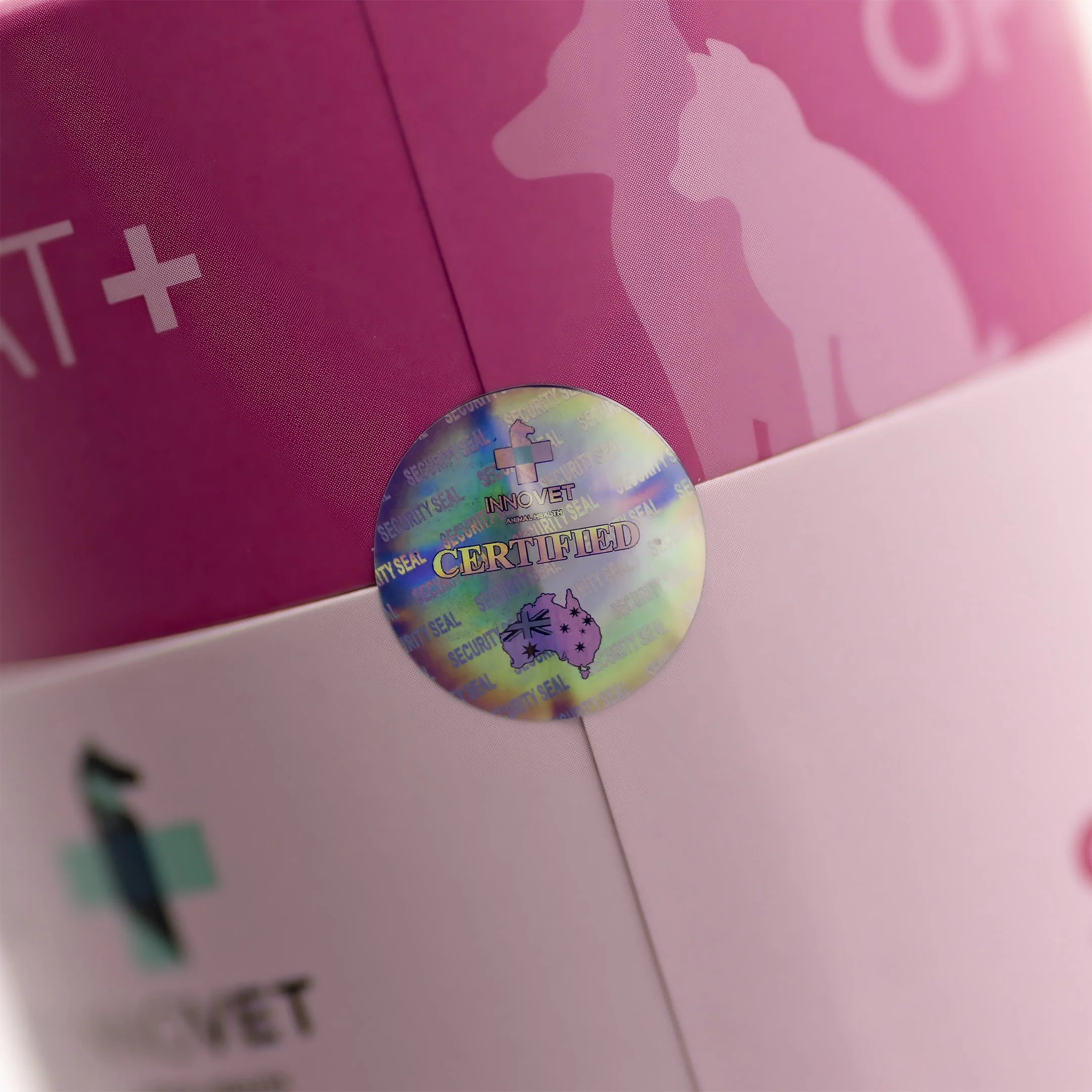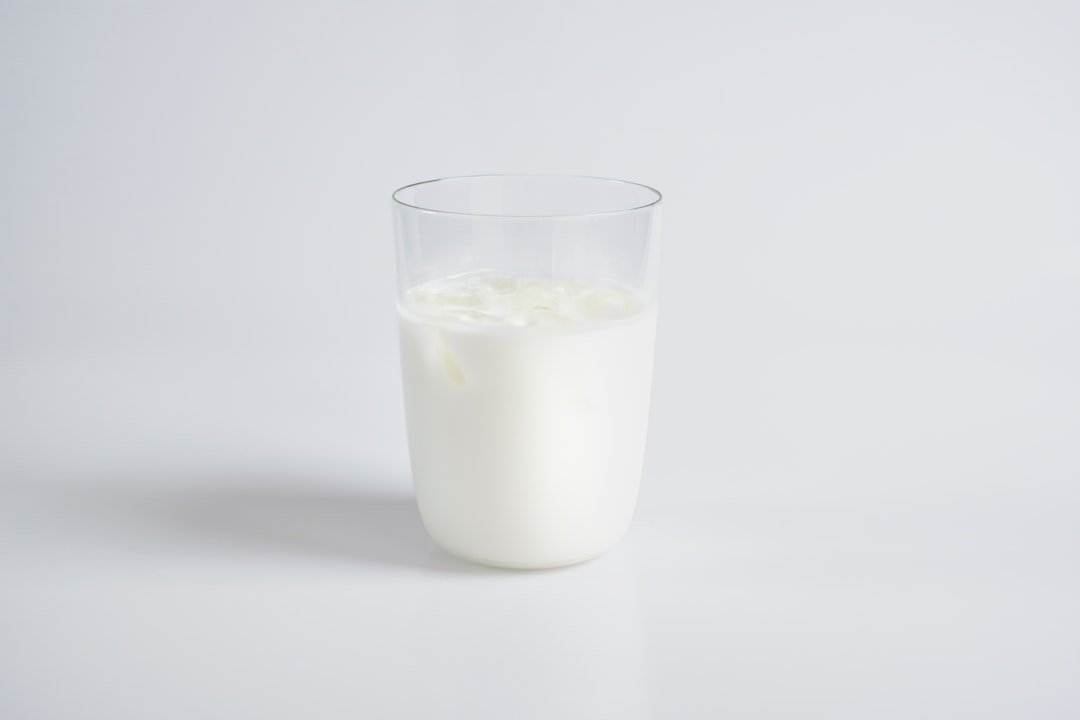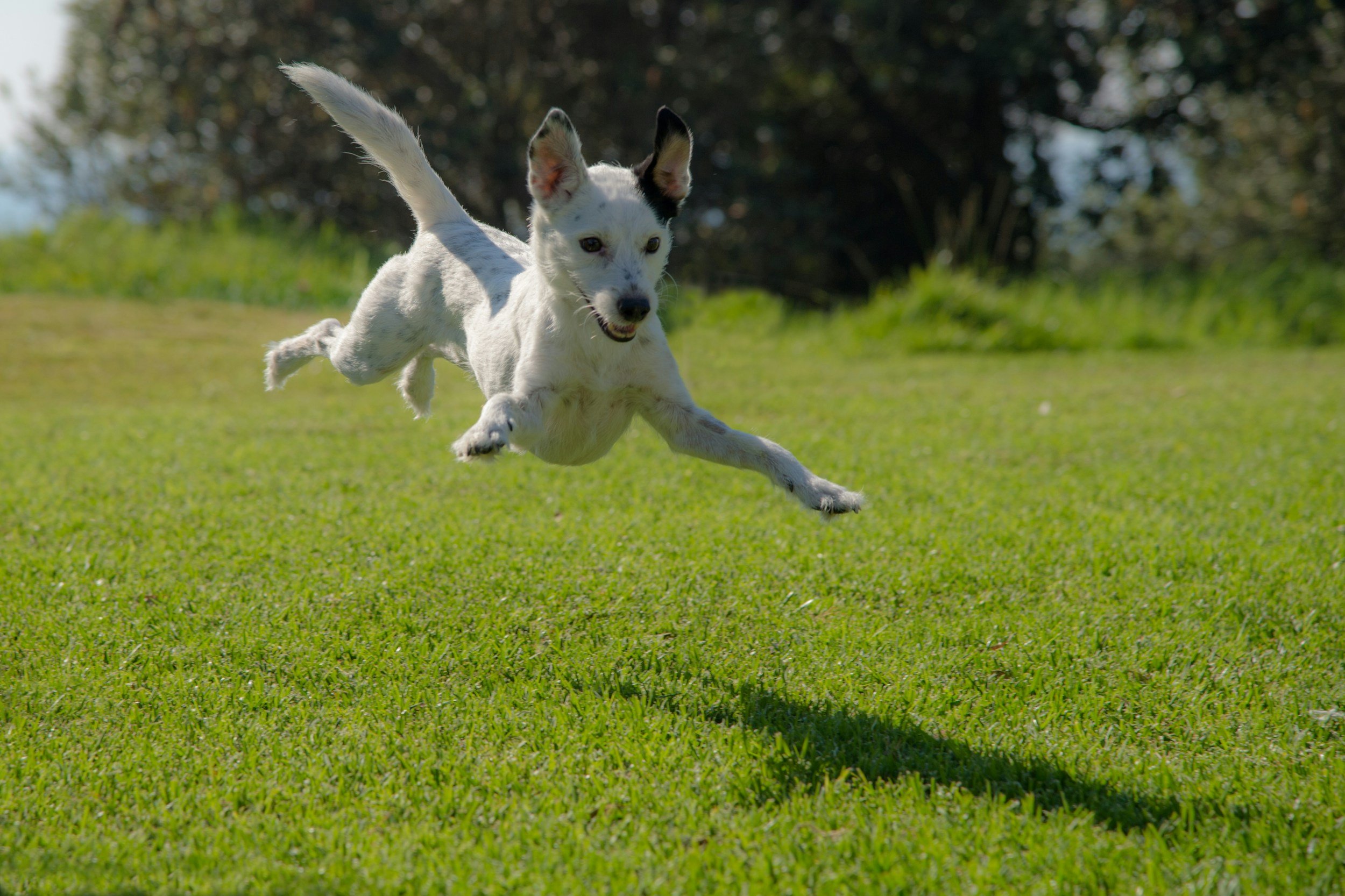Omega-3 for Dogs: Clear Benefits, Simple Dosing, Better Skin, Joints and Vitality
Why omega-3 matters
Omega-3s support normal inflammatory balance, skin barrier function, coat shine, joint comfort, brain health and heart wellness. Many dogs eat diets that are light on long-chain omega-3s. A daily omega-3 routine can fill that gap.
EPA and DHA: the basics
The most useful omega-3s for dogs are EPA and DHA.
EPA supports inflammatory balance and joint comfort.
DHA supports skin, coat, eyes and the brain.
Look for products that state EPA and DHA per serve, not just “fish oil”.
Signs your dog may benefit
Itchy, flaky skin or a dull coat
Seasonal paw-licking and coat drop
Stiffness after rest or slower walks
Senior dogs that tire quickly
Young, active dogs that train often
If you see these, an omega-3 routine is a simple step with wide benefits.
What to look for in an omega-3 supplement
Choose quality you can verify in seconds:
EPA/DHA per serve shown (mg or %), with clear dosing by body weight.
Clean label: no unnecessary colours, flavours or sweeteners.
Oxidation control: stored away from heat and light; vitamin E often included.
Source transparency: marine omega-3s or green-lipped mussel (GLM).
Human-grade inputs, Australian-made for consistent quality and traceability.
Fish oil vs green-lipped mussel (GLM)
Fish oil delivers strong, measurable EPA/DHA per dose.
GLM provides EPA/DHA plus a natural lipid matrix that many owners find helpful for comfort and mobility.
Both can work well. Many joint and skin formulas use GLM alongside other actives for a broader effect.
Dose and timeline
Follow the label’s dose by body weight. Consistency matters.
2–3 weeks: calmer skin and better coat feel for many dogs.
4–6 weeks: clearer mobility and comfort shifts.
Track itch score (0–10), coat feel, and walk notes weekly.
Format and absorption
Oils: versatile, but watch oxidation; keep cool and sealed.
Capsules: precise but some dogs resist them.
Powder meal toppers (with GLM or balanced omegas): easy adherence and body-weight dosing; often better for fussy eaters.
Support the skin barrier from all sides
Omega-3s do their best work with:
Linoleic acid (omega-6) for moisture retention and barrier integrity (the balance with omega-3 matters).
Vitamin E to protect delicate fats.
Biotin and B-group vitamins for keratin and hair quality.
Zinc and copper for healing, pigment and oil balance.
Everyday habits that help
Keep to a steady base diet; avoid abrupt switches during a flare.
Bathe with a gentle dog shampoo; do not over-wash.
Control fleas all year; parasites will derail any plan.
Maintain a healthy weight to ease joint load.
Add short, frequent walks rather than rare long ones.
Common mistakes (and easy fixes)
Buying on “fish oil” alone → check the EPA/DHA per serve.
Stopping early → give 4–6 weeks before judging.
Heat/light exposure → store sealed, cool and dark.
Over-reliance on treats → treats under-dose; use a complete formula for results.
When to see your vet
See your vet for raw lesions, ear infections, sudden hair loss, marked lameness, or GI upset that persists. Nutrition supports care; some cases need tests or targeted diets.
A simple option: Skin & Coat+ by InnoVet
Skin & Coat+ supports calmer skin and a glossy coat with a balanced omega profile plus key cofactors:
Omega-3 (EPA/DHA) for inflammatory balance
Omega-6 (linoleic acid) for barrier moisture
Vitamin E, biotin, B-group for repair and hair quality
Zinc & copper for healing and oil balance
It is human-grade, Australian-made, and an easy meal topper for accurate, daily dosing.
FAQs: Omega-3 for Dogs
Will omega-3 help my dog’s itch?
Omega-3s support normal inflammatory balance and barrier function. Many dogs scratch less and show better coat feel with daily use.
How long until I see results?
Early skin/coat changes often appear in 2–3 weeks; mobility shifts by 4–6 weeks.
Can puppies and seniors use omega-3?
Yes, dose by weight. It can support skin, brain and joint needs across life stages.
Fish oil upsets my dog’s stomach, what now?
Try a powder meal topper or GLM-based formula and introduce slowly with food.
Can I combine omega-3 with joint or skin medication?
Often yes. Always let your vet know what you are giving.
Key takeaways
Omega-3s (EPA/DHA) support skin, coat, joints, brain and heart.
Check EPA/DHA per serve and choose human-grade, Australian-made products.
Dose daily by body weight; review at 4–6 weeks.
Pair with barrier nutrients and good habits for best results.









